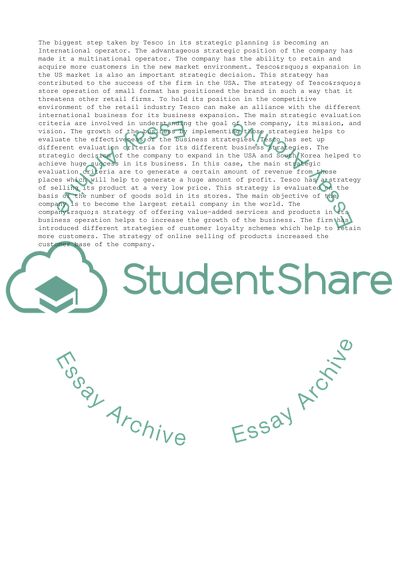Cite this document
(“Case study questions Essay Example | Topics and Well Written Essays - 2000 words”, n.d.)
Case study questions Essay Example | Topics and Well Written Essays - 2000 words. Retrieved from https://studentshare.org/business/1673628-case-study-questions
Case study questions Essay Example | Topics and Well Written Essays - 2000 words. Retrieved from https://studentshare.org/business/1673628-case-study-questions
(Case Study Questions Essay Example | Topics and Well Written Essays - 2000 Words)
Case Study Questions Essay Example | Topics and Well Written Essays - 2000 Words. https://studentshare.org/business/1673628-case-study-questions.
Case Study Questions Essay Example | Topics and Well Written Essays - 2000 Words. https://studentshare.org/business/1673628-case-study-questions.
“Case Study Questions Essay Example | Topics and Well Written Essays - 2000 Words”, n.d. https://studentshare.org/business/1673628-case-study-questions.


